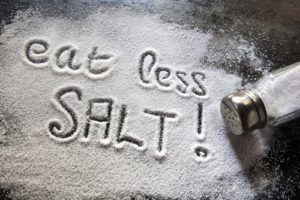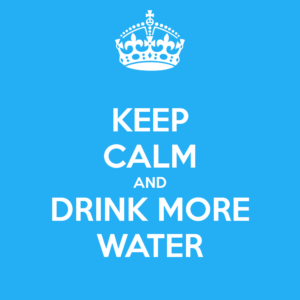In a previous post, I wrote about: What are kidney stones, how common are kidney stones, kidney stones composition and risk factors for kidney stones disease.
- A first-time kidney stone (urolithiasis) former is at risk of having another episode?
Yes. First-time stone formers have a 50% risk for recurrence within the subsequent 10 years.
- Which patients need metabolic evaluation (work-up)?
Those that are recurrent stone formers, who have a strong family history of stones, those with chronic diarrhea or with history of pathologic fractures, osteoporosis, urinary tract infection (UTI) with calculi, gout, solitary kidney, urological anatomic abnormalities, renal insufficiency or those with stones composed of struvite, uric acid or cystine.
- What are the general conservative recommendations for all patients who have had kidney stones (urolithiasis)?
Consume enough fluids to produce at least 2 liters of urine per day. Soda beverages flavored with phosphoric acid may increase stone risk, whereas those with citric acid may decrease risk. Regarding diet, studies have shown a great advantage of a diet with reduced animal protein (meat) intake. Dietary sodium restriction. Have a diet high in fruits and vegetables. Calcium restriction INCREASES stone recurrence risk and calcium supplements should be taken with meals.


